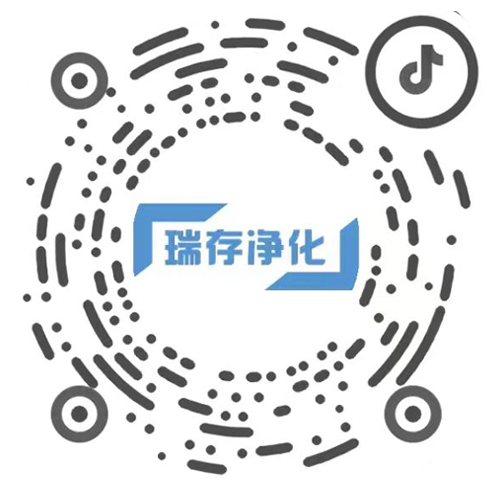News Center
Hvac and automatic control in clean rooms
2025/7/23
The following is a detailed analysis of the HVAC system and the automatic control system in the cleanroom:
I. HVAC System for Cleanrooms
1. System functions
Temperature control: Ensure a stable indoor temperature to meet production or experimental requirements. Humidity control: Regulate the indoor humidity to prevent equipment from getting damp or generating static electricity. Air filtration: Remove particles and microorganisms from the air through high-efficiency filters to keep the air clean. Air flow organization: Rationally design the supply air, return air and exhaust air systems to ensure uniform air distribution and avoid vortices and dead corners.
2. Key points of system design
Independent setup: According to the product characteristics and cleanliness level requirements, separate systems should be set up for areas with different cleanliness levels or temperature and humidity requirements to avoid cross-contamination. Heat source selection: Give priority to energy-saving and environmentally friendly heat sources, such as gas boilers or urban thermal steam. Unit selection: Water-cooled units are superior to air-cooled units because their outlet water temperature is easier to guarantee and they are suitable for constant temperature and humidity systems. Fresh air treatment: Fresh air needs to be centrally treated and set at an appropriate temperature to meet the indoor temperature and humidity requirements.
Ii. Hvac Automatic Control System for Clean Rooms
1. System composition
Sensors: including temperature sensors, humidity sensors, air quality sensors, etc., are used to detect indoor environmental parameters. Actuators: such as electric valves, frequency converters, etc., are used to regulate the operating status of air conditioning units. Controller: such as DDC (Direct Digital Controller) or PLC (Programmable Logic Controller), it is used to receive sensor signals, analyze and process them, and issue control instructions. Human-machine interaction interface: such as touch screens, which are used to display the system's operating status and parameters, facilitating users' Settings and adjustments.
2. Control strategy
Precise control: Based on the data fed back by the sensors, precise control of parameters such as temperature, humidity, and cleanliness is achieved. Intelligent regulation: Automatically adjust the operating status of the air conditioning unit based on changes in indoor load and personnel to avoid energy waste. Remote monitoring: Through network connection, remote monitoring and management of the system are achieved, facilitating maintenance personnel to promptly identify and handle issues.
3. System advantages
Enhance production efficiency: Improve production efficiency and product quality by precisely controlling the indoor environment. Energy conservation and emission reduction: Intelligently adjust the operating status of air conditioning units to reduce unnecessary energy consumption. Reduce noise: Optimize the operating status of equipment to lower noise pollution. Improve management level: Achieve remote monitoring and management to enhance the efficiency and timeliness of equipment maintenance.
Iii. Application Examples
In high-tech clean workshops such as microelectronics factories, HVAC automatic control systems have been widely applied. These systems have achieved high-precision and high-reliability control of the production environment by integrating multiple technologies such as electrical technology, automatic instruments, computer technology and network communication technology. Meanwhile, the system also features flexibility, scalability and other characteristics, which can meet the changing control requirements of clean workshops.






